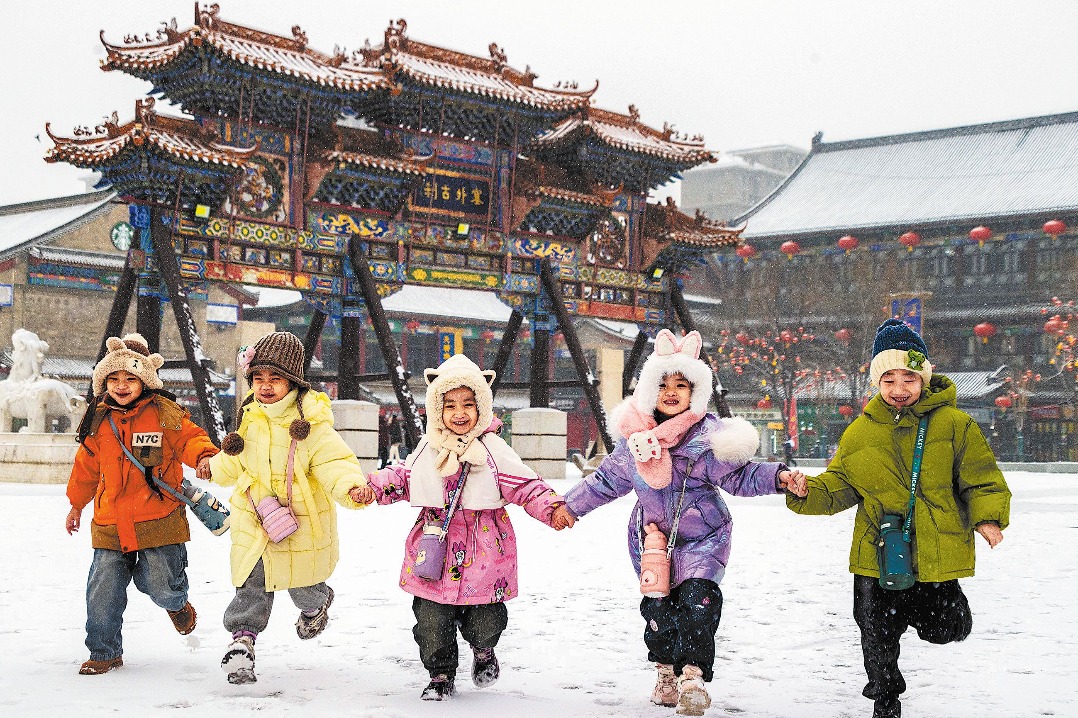Hanfu finds ideal setting in East-meets-West hub


Technology and tradition
Despite flutters with the silver screen, the traditional techniques used to make cheongsam are being passed down to fewer and fewer people these days, due in part to modern technology and the fact the skills often take from three to seven years to master.
According to Ng, many cheongsam products on the market share only a similar shape to the authentic traditional dress.
For example, Ng says, a standard female cheongsam should have at least three things in common - a standing collar, be folded left over right, and two side slits. "There's no zipper on the back of a traditional cheongsam, but most of the ones sold on the market today have back zippers."
Although authentic cheongsam cannot be mass-produced, Ng says Hong Kong's mature garment technology can still help promote and popularize it so that the public can understand more about the traditional garment, avoiding any conflict between tradition and modernity.
In producing modern cheongsam, some new garment techniques are used, including 3D printing, laser engraving and digital jacquard weaving technology.
There are also more innovative fabric choices for making cheongsam available, such as gambiered Guangdong gauze, corduroy and suit fabric. Ng says computer-aided pattern generation and digital jacquard have been applied to reinvent men's cheongsam. With a computer-drawn pattern, designers can overlay it onto a template to automatically align the pattern at the front, middle and back seams, saving twice as much fabric in the production process.
Joanne Lau Yee-kwan, a senior lecturer of the Department of Fashion and Image Design at the Hong Kong Design Institute, told China Daily there are a growing number of textile technologies and modern fashion techniques being applied to traditional Chinese attire. For instance, 3D printing can be used to create complex patterns and effects, and even applied to buttons and lace embellishments.
Additionally, textile materials that are antibacterial, stain-resistant or self-cleaning can enhance the functionality and durability of clothes. Modern fashion techniques, such as innovative deconstructive tailoring and environmentally friendly design, can be employed to revitalize hanfu, making it more suitable for the needs and tastes of contemporary people and more accessible to the general public, she says.
The acceptance of hanfu hit a new level when Hong Kong's culture, sports and tourism chief Kevin Yeung Yun-hung and two other government officials wore the clothing in a video promoting the city's tourism last year.
In Lin's opinion, Hong Kong, as an East-meets-West city, has an inherent advantage in promoting traditional Chinese clothing, as it attracts people from all over the world.
Echoing Lin, Li believes the acceptance of hanfu is on the rise in Hong Kong. "In the past, when we wore hanfu on the street, others always cast a strange look and even mistook it for Japanese or Korean clothing. However, now, many people will compliment us and proactively ask if it's hanfu," says Li, believing that recognition of traditional Chinese attire will continue to grow.
























